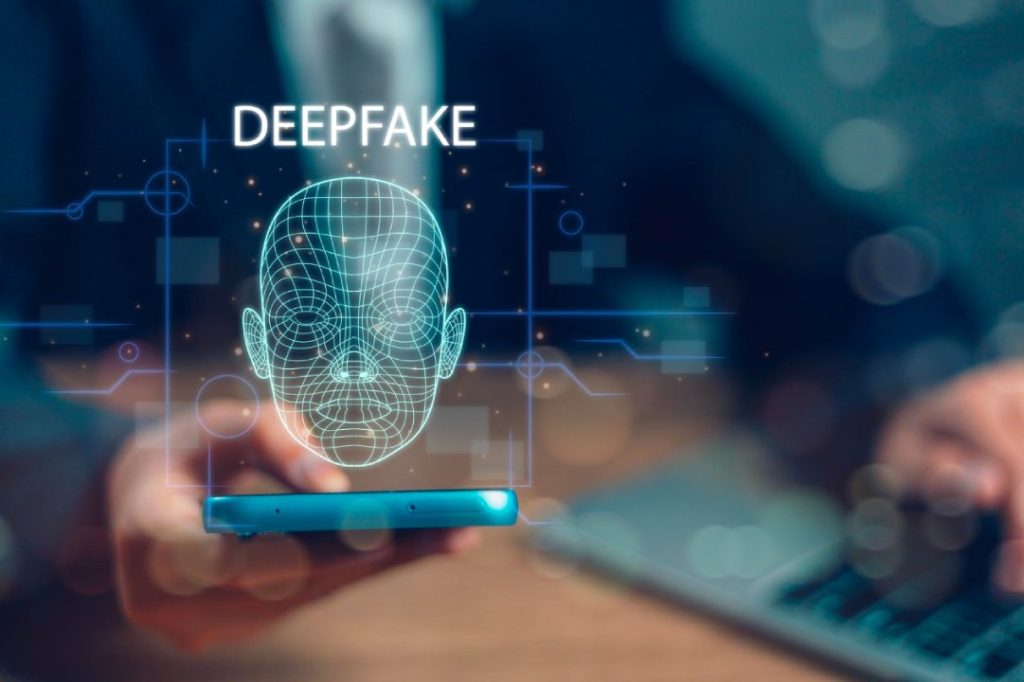Deepfakes in disinformation campaigns have evolved dramatically, making it more difficult than ever to verify what we see and hear on news websites and TV channels.
Today, even experienced journalists and corporate security teams may struggle to detect deepfake content, as artificial intelligence now generates hyper-realistic videos, voices, and images in minutes.
This article explores the mechanics behind modern deepfakes, their growing role in cybercrime and influence operations, and practical ways organizations can defend against these risks.
How Deepfakes in Disinformation Became a Global Threat
Deepfake technology uses neural networks trained on millions of images and recordings to replicate human expressions, gestures, and vocal patterns with striking precision. What began as an entertainment trend quickly became a powerful tool for fraudsters, manipulators, and propagandists.
Real-world cases demonstrate the scale of the threat. A fake video of “Volodymyr Zelensky” calling on Ukrainian troops to surrender appeared online in 2022. Although poorly produced, it showed how deepfakes in disinformation can aim to impact morale or destabilize public trust.
Similar attempts targeted U.S. politics, including fabricated videos of “Joe Biden” making statements he never made.
Criminals exploit deepfakes for financial and corporate fraud
AI-generated personas are now used in high-value scams. In Hong Kong, an employee transferred over $25 million after interacting with what appeared to be a real executive—but was actually an AI-generated deepfake in a video call.
These incidents highlight how criminals leverage deepfakes to bypass identity checks, manipulate internal communications, and deceive staff.
Why It’s Harder Than Ever to Detect Deepfake Manipulations
Modern low-cost tools can reproduce:
- Real-time lip movement and facial expressions
- Accurate vocal patterns from only seconds of audio
- Natural lighting, shadows, and reflections
- Entire scenes and backgrounds fabricated from scratch
What used to require Hollywood-level resources is now accessible through free apps.
AI enhances realism but still leaves subtle clues. Even advanced deepfakes contain small inconsistencies—but they are harder to spot without training.
Practical Steps to Detect Deepfake Content
Visual signs reveal manipulations. Deepfakes often include:
- Distorted clothing textures or inconsistent logos
- Unrealistic lighting, mismatched shadows, or flickering edges
- Unnatural facial behavior such as frozen expressions, irregular blinking, or overly smooth movements
- “Floating” or blurred backgrounds around the body
These visual markers should prompt deeper verification.
Audio indicators of AI generation
When analyzing audio or video:
- Look for unnatural pauses or rhythmic inconsistencies.
- Notice missing or misplaced breathing
- Identify monotone intonation or incorrect stress patterns
- Check if lip movements sync with speech
AI often struggles to maintain natural vocal flow.
Reverse-searching and forensic tools
Businesses can enhance credibility and security by using:
- Google Images or TinEye for image verification
- InVID or Amnesty YouTube DataViewer for video analysis
- Tools like Truepic or Deepware Scanner to automatically detect deepfake manipulations
These tools help confirm whether content has appeared previously or is linked to known campaigns.
Strengthening Organizational Defenses Against Deepfake Attacks
Adopt a “zero trust” mindset for all digital media.
Employees must verify unexpected videos, audio messages, or urgent instructions—even when they appear to come from familiar people or official channels.
Zero-trust habits significantly reduce the success rate of deepfake-driven fraud.
Educate internal teams and vulnerable groups.
Older adults, teenagers, and less tech-savvy employees are frequent targets. Regular media literacy sessions can empower them to critically evaluate online content and resist manipulative techniques.
Implement verification protocols.
Organizations should establish workflows for:
- Authenticating executive communications
- Verifying instructions involving financial transactions
- Escalating suspicious content for forensic analysis
A structured response protects against reputational and operational risks.
Why Media Literacy Must Adapt to AI-Generated Manipulation
As deepfakes in disinformation become more sophisticated, traditional media-literacy skills are no longer enough. The ability to question even “video evidence” is now essential.
Recognizing that web content may be artificially generated—and validating it before acting—has become a core requirement for modern information security.
Frequently Asked Questions
1. What makes deepfakes effective in disinformation campaigns?
They mimic real people convincingly, making false messages appear credible.
2. Can businesses reliably detect deepfake videos?
Yes, with training, specialized tools, and verification protocols.
3. How do fraudsters use deepfakes in corporate attacks?
They impersonate executives, give fake instructions, and manipulate employees.
4. Are AI detection tools effective?
Tools like InVID and Deepware Scanner help identify patterns invisible to the naked eye.
5. Why should companies adopt zero-trust media policies?
Zero trust reduces the risk of acting on manipulated or fraudulent content.

